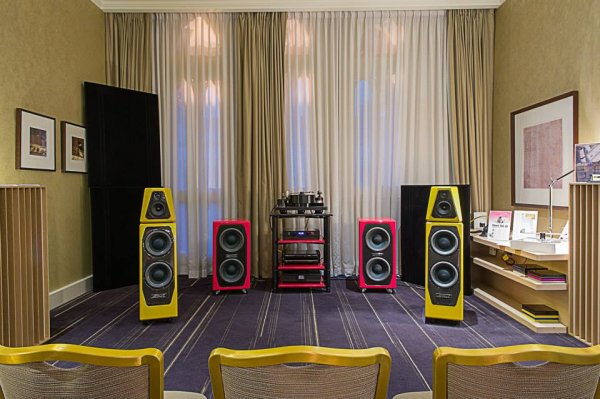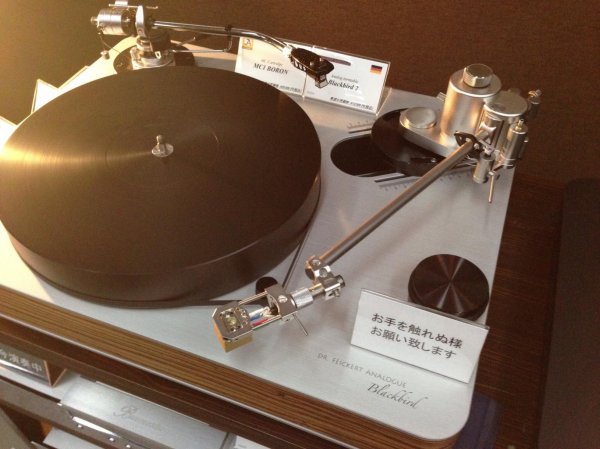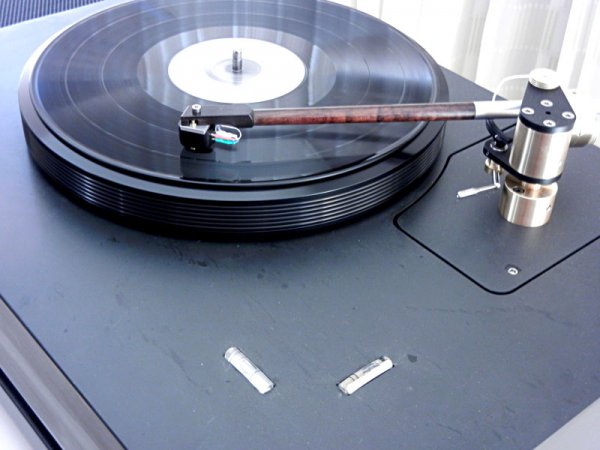Hi Myles,
Also shown in the photograph is the new two-arm version of Brinkmann Audio's Balance turntable (with Brinkmann Audio 12.1 tonearm fitted with van den Hul Crimson cartridge), Brinkmann Audio Edison phono preamplifier, MSB Technology Signature DAC IV Plus with Diamond attenuators, and an IsoTek EVO3 Aquarius AC filter. The equipment rack and red subwoofers are from Mebourne-based SGR Audio (you can see the accompanying active loudspeakers in their Lamborghini yellow paintwork in the attached photo).
View attachment 12392
The ability to adjust SRA at the headshell (aiming for groove compliant SRA and not some arbitrary figure of 92 degrees) is a nice feature as long as it does not compromise rigidity. I am pleased to report that this is not a concern in practice. The Axiom is available with either a fixed (my choice) or removable SME-type headshell, the latter more suited to users of the Fidelity Research FR series of cartridges or fans of the Ortofon SPU series.









